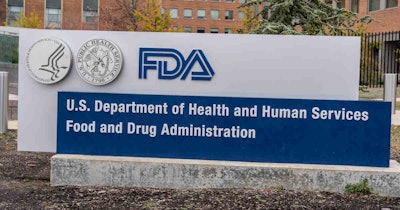
The U.S. Food and Drug Administration (FDA) announced its Center for Devices and Radiological Health (CDRH) will reclassify most in vitro diagnostics (IVDs) that are in the high-risk category to moderate risk to allow their manufacturers an easier path to FDA clearance.
CDRH Director Dr. Jeff Shuren, JD, explained in a statement January 31 that the decision involves infectious disease and companion diagnostic IVDs. Shuren wrote, "reclassification would allow manufacturers of certain types of tests to seek marketing clearance through the less burdensome premarket notification (510(k)) pathway rather than the premarket approval pathway, the most stringent type of FDA medical device review," and "CDRH would still be conducting a premarket review of reclassified tests under the 510(k) pathway."
The following types of clinical laboratory tests have already moved into the reclassification process, according to Shuren's statement:
- Nucleic acid and serology-based IVDs to aid in the diagnosis of hepatitis B virus (HBV) infection and/or for use to aid in the management of HBV-infected patients.
- Serology-based IVDs to aid in detection of human parvovirus B19.
- Cell-mediated immune reactivity IVDs to aid in the identification of in vitro responses to peptide antigens that are associated with Mycobacterium tuberculosis infection and/or use as detection of effector T cells that respond to stimulation by M. tuberculosis agents.
Toward the decision, Shuren also stated there is sufficient information and controls to provide reasonable assurance of safety and effectiveness for these tests. He added, "Based on our experience, we believe that special controls could be developed, along with general controls, that could provide a reasonable assurance of safety and effectiveness for most future companion diagnostic and infectious disease IVDs. As such they would be regulated as class II devices."
Read the full statement here.



















